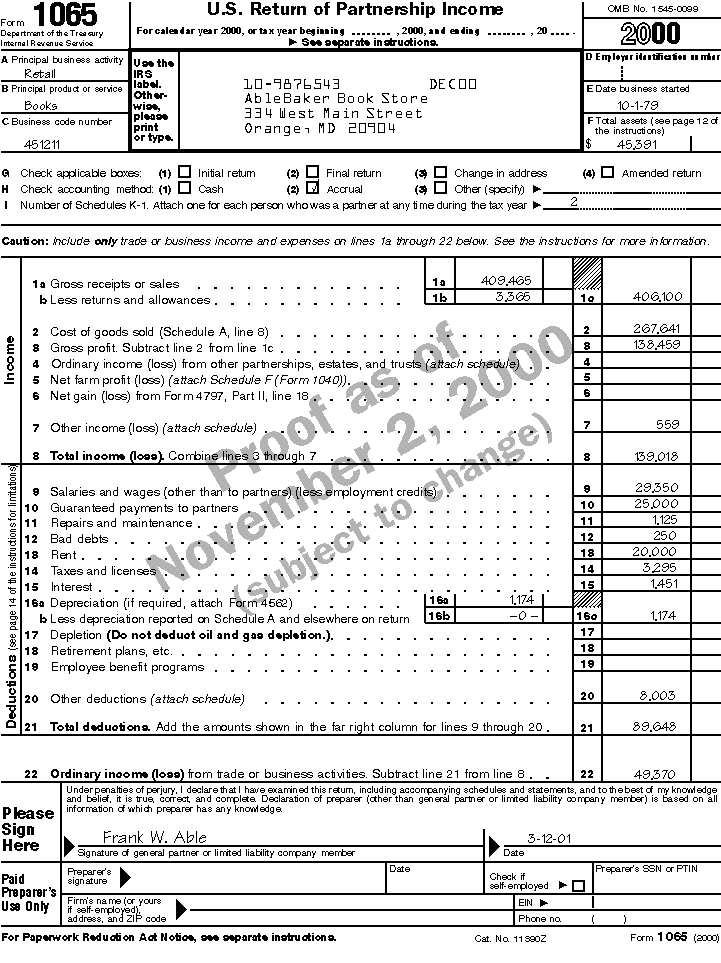

By default the LLC is taxed as a sole proprietorship, for single owner LLC’s, or a partnership, for multiple owner companies. Right off the bat, the Limited Liability Company is the most flexible when it comes to taxation, there are many options. Comparing Tax Scenarios When Incorporating The chances are that if you’re going to incorporate and have more than 75 shareholders, that you would have this process performed by a small army of attorneys. In most cases for small business, this is hardly a limitation. S Corporations have to be owned by domestic individuals and are limited to 75 shareholders total.
:max_bytes(150000):strip_icc()/ScreenShot2021-02-07at8.30.22AM-d7e4bd231b2148cea273c25d3656e946.png)
C Corporations can have unlimited amount of shareholders and another Corporation can be a shareholder as well as open the door for foreign investors, who can own stock. The limitations are the number of shareholders and who/what can be a shareholder. This is a great advantage for some businesses, incorporating the strength of a Corporation for protection, with favorable taxation. This is quite similar to sole proprietorships and partnerships. The income is passed through the Corporation and the profit and losses are then reported on the shareholder’s personal tax returns. Filing IRS Form 2553 and applying for the S Election redefines how the entity is taxed. The IRS has a section of the tax code for Corporations, when you incorporate and complete an IRS form, that allow pass through taxation, that also has some limitations, which we will discuss briefly. This means that shareholders are subject to what is called “double taxation”. The shareholders of a C Corporation pay taxes on income and distributions from the business. This means that the corporation files its own tax return and pays taxes itself. A standard “C” Corporation is taxed on a corporate level. We are going to have to branch out a bit from just discussing Corporations compared to LLC’s and include a Corporation with a different tax classification, the Sub Chapter S Corporation.

Finding the right combination for you is essential. “Not all tax advantages are created equal. These two entities share features and have broad differences that should be weighed carefully. Tax Considerations We are going to examine the chief differences, advantages and benefits of important tax considerations of incorporating and comparing Corporations and Limited Liability Companies.


 0 kommentar(er)
0 kommentar(er)
